Alpaca Wool: A Misnomer

How many times have you heard someone selling their alpaca wool? Or touting their alpaca wool scarf? The only problem is that it isn’t wool. Let me explain!
Fibers can be categorized into a few different classes, including hair, wool, and fur (excluding kemp and guard hair for the moment).
Let’s check out Meagan’s handy chart to get us started.
FIBER TYPE | QUALITIES | ||||
| CUTICLE | MEDULATION | GROWTH | DENSITY | SEBUM | |
| FUR | Scales overlap, forming as many as 10 layers | Generally present and pronounced | Reaches a maximum length and then sheds | Higher than 60,000 follicles/sq inch | Limited quantity of sebum |
| HAIR | Scales overlap, forming as many as 10 layers | Generally present and pronounced | Continuous growth, but sheds | 500 follicles/sq inch Only 100-200 active follicles at a time | Limited quantity of sebum |
| WOOL | In fine wools, scales overlap, usually forming 1-2 layers. Scales are barbed | Generally absent or almost absent | Continuous, if not sheared | Up to 60,000 follicles/sq inch | Lanolin in varying quantities |
Alpaca is actually a hair fiber, like our own hair. Like us, they shed a small amount of their fiber, but it continues to grow and get longer if we don’t cut it. Because of this continuous growth, alpacas have to be sheared regularly for their health.
Check out this microscopic view of alpaca fibers. The first thing you might notice is the dark line going down the center of each fiber. This is the hollow medulla.
Air = Warmth
Any time there is air trapped in a fiber, it contributes to it being a warmer fiber. Air is an insulator. Wool does not have a hollow center, which is one of the reasons why alpaca is so much warmer than wool.
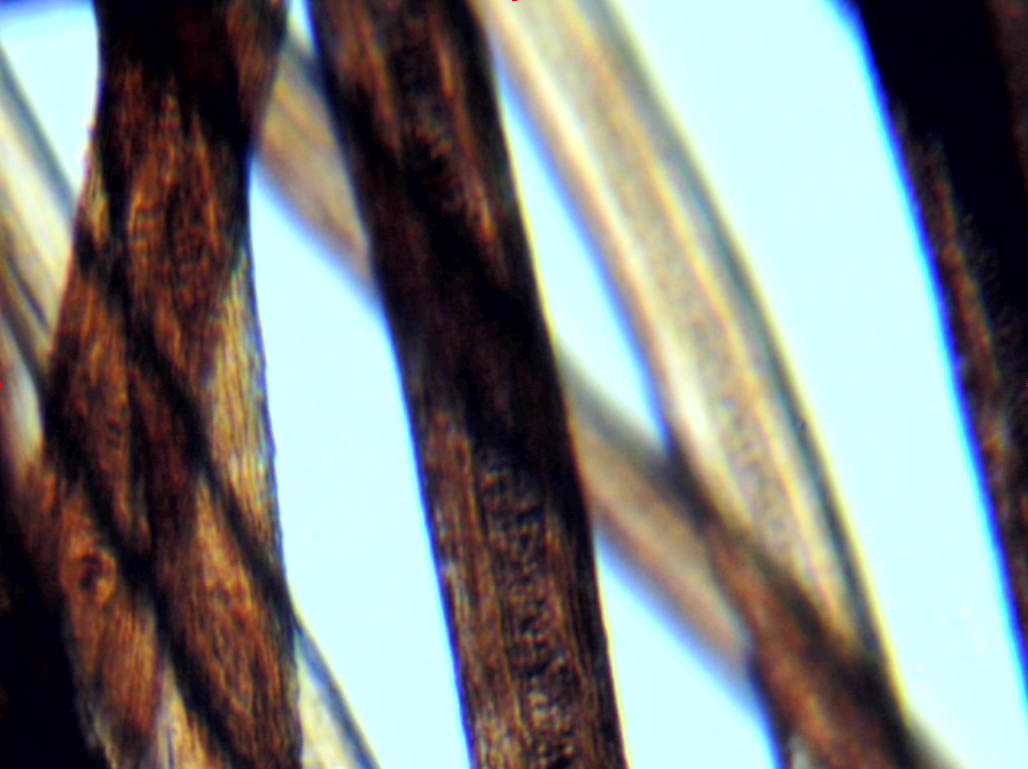
The keratin structures in alpaca fiber are different than the structures in high-memory wool. As a result, the fiber has almost no memory. That means it will not return to its original shape once it has been stretched out. This is great for drape, but not great for anything that requires stretch, like socks or mittens. We often blend wool with alpaca to compensate for its lack of stretch.
While it may be tempting to call alpaca wool because it is so squishy and wool-like, there are some fundamental differences that mean that the fibers behave differently. Are the spinning police going to come after you if you call alpaca wool? No way! Still, it is sometimes helpful to have that scientific distinction to help guide your creative process.


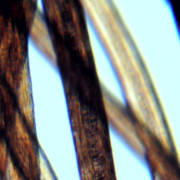

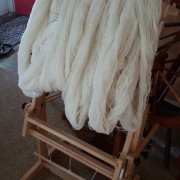
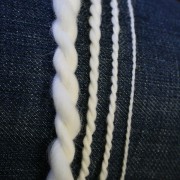
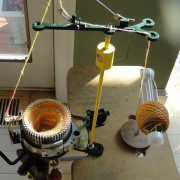



Leave a Reply
Want to join the discussion?Feel free to contribute!